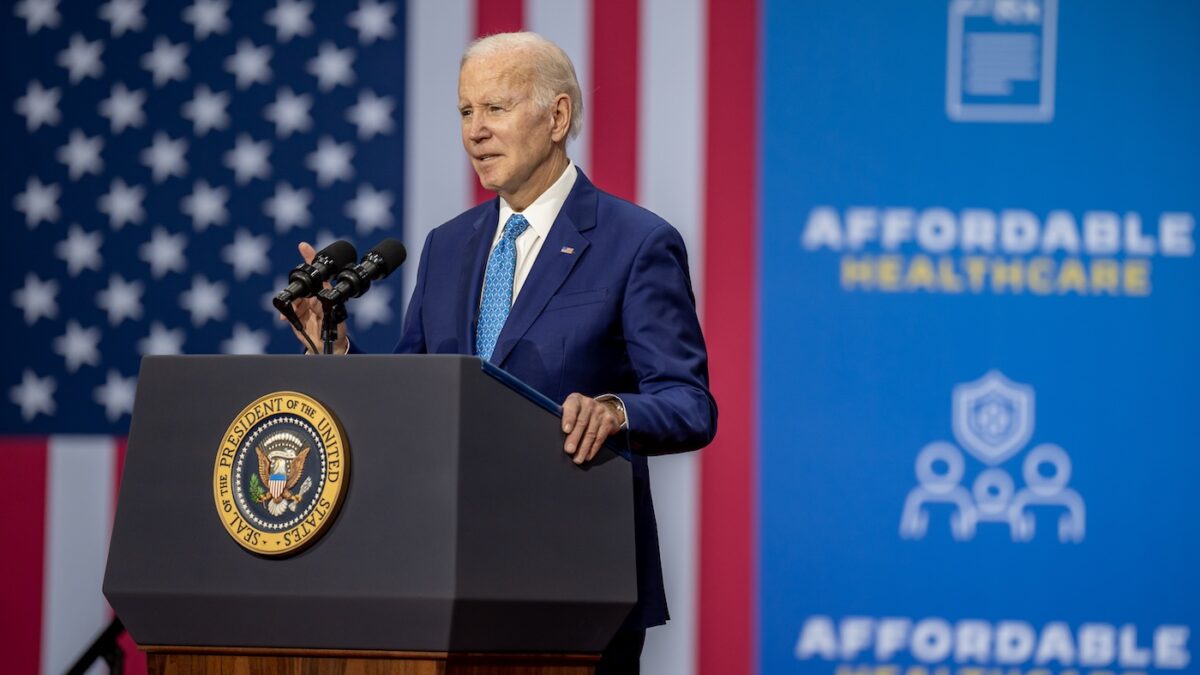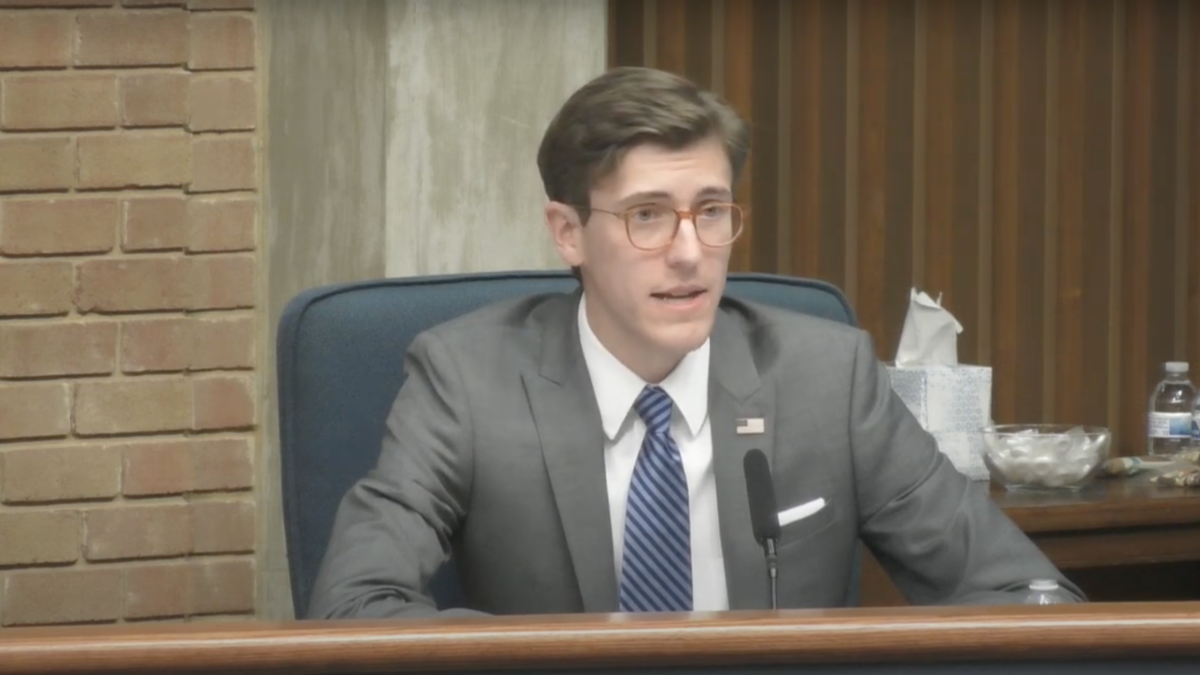If one wants a microcosm of how our nation accumulated nearly $33 trillion of debt, one could do worse than to examine a bill House Republican leaders might try to pass in the coming weeks. The shady budgetary gimmicks included in the legislation show how desperate Congress — meaning members of both parties, including the conservatives — is to spend more money it doesn’t have.
‘Must-Pass’ Legislation
Many people in health care circles consider the legislation, originally called the PATIENT Act, a “must-pass” measure. That title comes because funding for community health centers, which the bill extends, expires in a few weeks at the end of the fiscal year (Sept. 30).
But community health center funding in the PATIENT Act is not part of the larger battle over the spending levels Congress will pass for the 12 appropriations bills that fund much of the federal government. The community health center funding is mandatory spending, distinct from the discretionary spending included in the 12 appropriations measures.
House conservatives are (rightly) complaining about Washington’s spending habits and insisting that the annual appropriations measures revert to levels that precede Congress’s Covid-19 spending binge. But most of the same conservatives have ignored the fact that the PATIENT Act originally proposed spending $11 billion on community health centers above and beyond the annual appropriations bills.
If you think this position makes zero sense, then you would be correct. If House conservatives want to enforce fiscal discipline, then they should insist that the mandatory funding for community health centers expire and instead go through the annual appropriations process. That process would allow legislators to consider all worthy priorities — national defense, securing the border, etc. — when disbursing scarce taxpayer dollars, rather than extending what amounts to a slush fund for one particular type of program.
Instead, members of the House Freedom Caucus and others voted to advance the PATIENT Act in the House Energy and Commerce Committee back in May. And Republican leaders on Friday released a new version of the bill, perhaps to bring the measure to the House floor before Sept. 30, when the mandatory spending expires.
Extending Obamacare, Not Repealing It
Here’s another dirty little secret about the PATIENT Act. The mandatory community health center funding that the bill would extend originally comes from Section 10503 of Obamacare. Since Sen. Bernie Sanders, I-Vt., requested five years of mandatory funding for community health centers in exchange for his vote on Obamacare, Republicans have consistently extended the mandatory spending, rather than allowing the health center funding to transition back to the regular appropriations process.
Another provision in the PATIENT Act likewise relates to Obamacare. Section 2551 of Obamacare reduced Medicaid disproportionate share hospital (DSH) payments to facilities that treat high numbers of uninsured patients, ostensibly because the law would reduce the number of uninsured individuals. Congress, however, has consistently waived those reductions, and the PATIENT Act would do so for another two years at a cost of $3.7 billion.
I guess these proposals show how old I am. I can remember back when Republicans wanted to repeal Obamacare. Now, House Republicans apparently want to extend Obamacare when it comes to community health centers and mitigate the effects of the DSH payment reductions. When did it become Republicans’ job to fix Democrats’ bad law?
10 Years of Savings, Two Years of Spending
The Congressional Budget Office score of the PATIENT Act passed by the Energy and Commerce Committee in May shows the structural flaws with the legislation. Extending the community health center spending and delaying the DSH reductions will cost about $15 billion over a decade. The CBO score says the bill is paid for — but with a catch big enough to drive a Mack truck through.
While the spending reductions used to fund the bill will occur over a decade, the spending itself will take place almost entirely over the next two years. The PATIENT Act’s philosophy is quite literally, “Buy now, pay later” — this when our country faces staggering levels of debt.
The dynamic brings up two obvious questions. What happens if — more like when — the spending reductions outlined in the bill never happen? And didn’t Republicans just attack Democrats (rightly so) last Congress for trying to disguise the true $5 trillion long-term cost of Build Back Bankrupt by only funding its programs for one or a few years? The PATIENT Act represents the same type of fiscal dishonesty with a side of political hypocrisy to boot.
Transparency Requirements a Double-Edged Sword
Some conservative analysts might laud other elements of the PATIENT Act. Provisions to promote transparency of health care prices for hospitals and insurers and to reveal more information about the conduct of pharmaceutical benefit managers could indeed have a salutary effect on the marketplace over time.
But even here the idea of federally mandated price transparency should give conservatives pause. It is worth noting that the measure introduced on Friday more than doubled in page length compared to the PATIENT Act introduced in April. Friday’s bill is 231 pages long, versus 108 pages for the original measure. The bill now contains the phrase “the Secretary shall” a total of 30 times and the phrase “the Secretary may” a further 32 times.
All those new pages and phrases represent new requirements and mandates to be implemented by hundreds, if not thousands, of pages of regulations. And while the obstinacy of the health care industry may make federal transparency requirements necessary, new regulations and mandates should be nothing for conservatives to celebrate.
Never-Ending Spending Cycle
The transparency provisions ultimately amount to fancy window dressing — the proverbial lipstick on the pig. The main driver of this legislation — the thing that makes it “must-pass” — comes from its spending: the community health center funding and the waiver of the DSH reductions.
Consider that the bill introduced by Republican leaders last Friday proposes more than $2 billion in additional mandatory spending compared to the version from just a few months ago, which spent “only” $11 billion on community health centers and related programs. Even if an updated CBO analysis finds that spending is paid for over a decade, this new bill also front-loads the vast majority of its spending over the next two years.
The measure doesn’t just represent fiscally dishonest legislation that kicks the can down the line for another two years. It would also set up another “must-pass” measure two years from now to extend these “temporary” provisions yet again, echoing former President Ronald Reagan’s axiom that a government program represents the closest thing to eternal life on Earth.
That next bill two years from now will provide a similar vehicle to attach all manner of sundry health care provisions — new mandates, programs, rules, edicts, and the like. With control of both chambers of Congress and the presidency very much hanging in the balance next November, why a Republican House would create another opportunity two years down the line for the left to pass more elements of its agenda defies all logic.
It really isn’t surprising, therefore, that we have a highly regulated health care system on its way to a single-payer mechanism of full government control. The only question is whether Republican and conservative lawmakers (note that the two terms are not interchangeable) will wise up to the left’s tactics before it’s too late.









